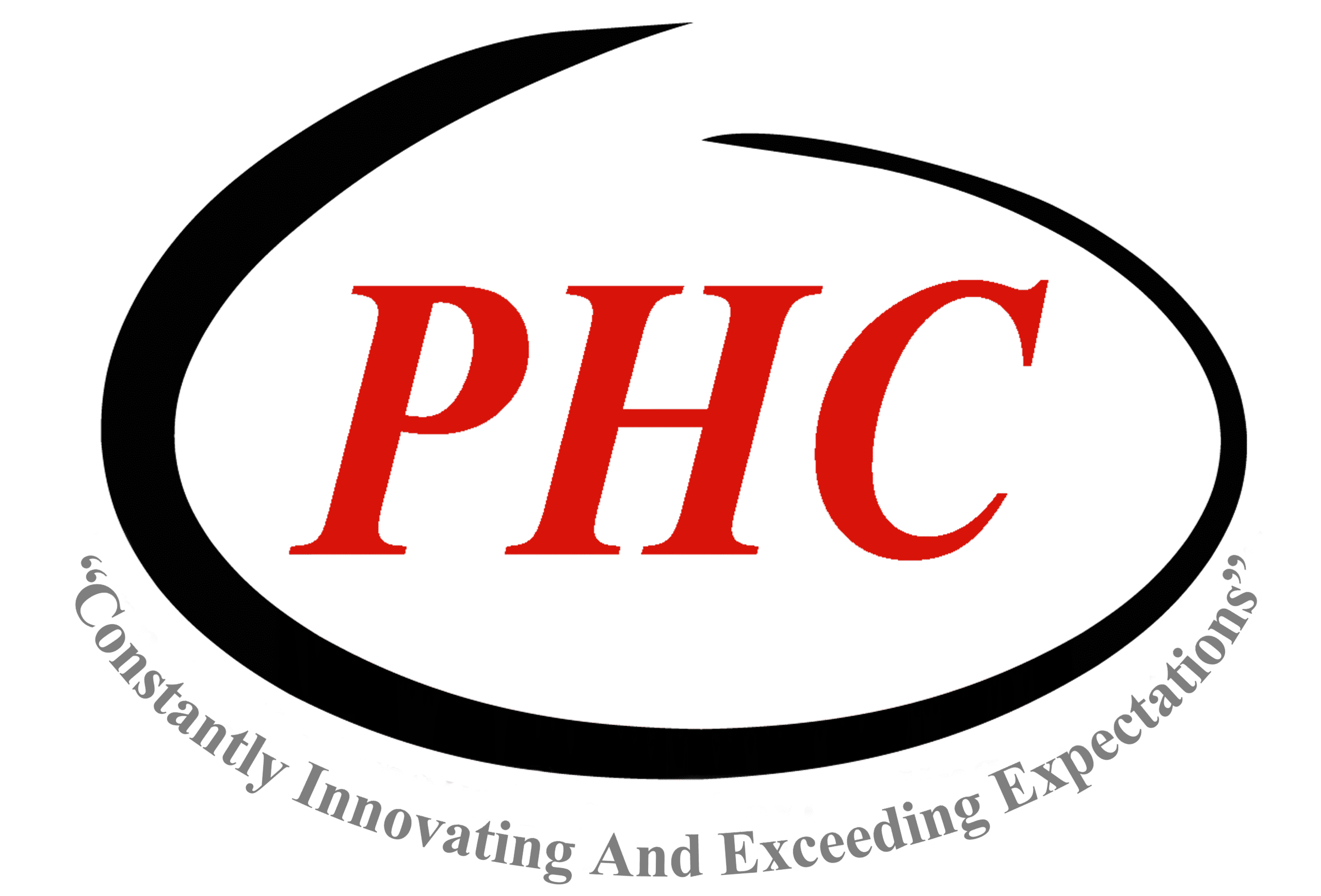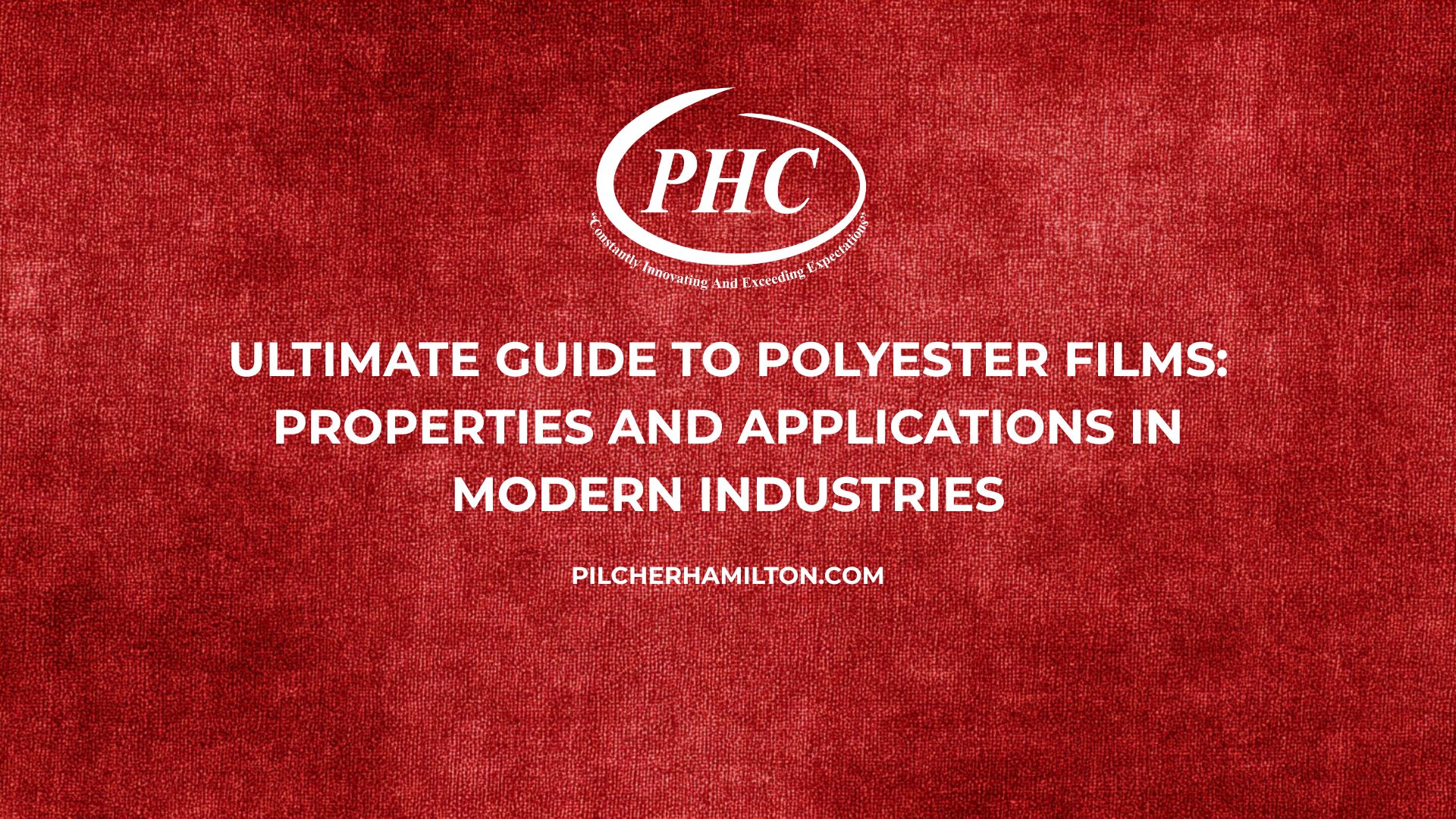If you’ve been searching for “polyester near me,” you’re evaluating one of the most versatile technical materials in modern converting. Polyester films (PET/BOPET) combine optical clarity, tensile strength, thermal stability, and controllable surface energy—making them staples for packaging, labels/graphics, and electrical insulation in 2025. This guide distills core properties, real-world applications, and spec decisions (gauge, dyne, COF, barrier) so buyers and engineers can move from concept to production confidently.
Address
850 South Buncombe Road
Greer – South carolina
Key Takeaways
- Balanced performance: High modulus + clarity + thermal stability = reliable machinability and print register.
- Surface matters: Target and maintain dyne for inks/adhesives via corona treatment or acrylic primers.
- Barrier is tunable: Use metallized or PVDC-coated PET when OTR/WVTR needs drop.
- Spec precisely: Define gauge, COF, seal profile, OTR/WVTR, and treatments up front to minimize scrap.
- Fast path to production: Domestic converting (slitting, sheeting, winding) speeds launches.
What Are Polyester Films and Their Core Properties?
Polyester film is biaxially oriented polyethylene terephthalate (BOPET). Biax orientation increases strength and stability in both machine (MD) and transverse (TD) directions.
Mechanical & Dimensional
- High tensile strength/modulus deliver stiffness for crisp handling, flatness for tight slitting, and excellent print register.
- Low shrink/creep across a wide temperature window supports heat-intensive processes.
Thermal
- Broad working range (cold chain to elevated temperatures); suitable for tray lidding, flow-wrap, and thermal lamination.
Optical
- Grades span ultra-clear (graphics/displays), translucent white (diffusion/masking), opaque white (light blocking), and hazy (controlled scatter).
Electrical
- Strong dielectric strength and stability make PET a go-to for slot liners, coil wraps, and phase insulation.
Barrier
- Base PET offers moderate moisture and oxygen barrier; elevate performance with Metallized or PVDC-Coated options depending on clarity needs.
Surface / Adhesion
- Fresh Corona-Treated PET targets ~44–46 dynes; Acrylic-Coated primers add holdout and bond durability for printing/laminating.
Typical packaging gauges: ~36–92 ga (≈9–23 μm).
Graphics/electrical/industrial: 92–500 ga (≈23–125 μm+), depending on rigidity and dielectric targets.
Key Applications in Packaging and Electronics
Packaging & Converting
- Stand-up pouches / flow-wrap: PET’s stiffness improves registration at speed; dial COF for line stability. Compare High COF/Low Slip guidance.
- Premium barrier structures: Metallized PET for oxygen/light barrier (snacks, coffee); PVDC-Coated when very low OTR/WVTR is critical yet clarity must be retained.
- Lidding & seals: Heat-Sealable PET with defined seal windows, hot tack, and peel profiles for APET/CPET/PP/PS trays.
- Decorative/twist wraps: See Twistable Clear & Metallized for gloss, memory, and twist retention.
Electronics, Labels & Graphics
- Protective over-lam/graphics: High-Clarity Graphic Grades deliver optical performance and scratch resistance.
- Release liners for PSAs: Silicone-Coated Release Films and Adhesive Silicone-Coated Base Films for predictable peel/COF.
- Electrical insulation: Explore UL-focused pages and specs via Electrical/Industrial PET and Technical Datasheets.
For an application panorama, browse Packaging lineup.
Advantages Over Traditional Materials
Versus BOPP: Higher thermal stability, stiffness, and aroma retention; excellent metallization uniformity.
Versus CPP/PE: Better scuff resistance and dimensional stability for high-speed print/lam.
Versus BON (Biax Nylon): PET can provide superior oxygen/light barrier when metallized/PVDC-coated; BON adds toughness—often combined in BON+PET laminations.
Quick Comparison: Base vs Metallized vs PVDC-Coated
| Property | Base PET | Metallized PET | PVDC-Coated PET |
| Oxygen Barrier (OTR) | Moderate | Low | Very Low |
| Moisture Barrier (WVTR) | Moderate | Moderate | Low |
| Light Barrier | Low | High | Moderate |
| Clarity | High | Opaque | High |
| Typical Uses | Lidding, over-lam | Snacks, coffee | Pharma, aroma-sensitive |
Future Trends in Sustainable Polyester Films
- PCR integration: Post-Consumer Recycled PET grades balance circularity with machinability and clarity.
- Mono-material PET laminates: Streamlined recycling paths and simpler EPR reporting.
- Water-based / low-VOC coatings: Advanced Coating chemistries for primers, anti-fog, anti-static.
- Spec-to-ship velocity: U.S. Slitting, Sheeting, Winding, and Toll Converting compress lead times.
Specification Table (Starter Ranges)
Use these as directional targets; finalize with your PHC rep and Film Specs.
| Spec Area | Typical Options / Notes |
| Gauge | 36–92 ga (packaging); 92–500 ga (graphics/electrical) |
| Surface | Corona-treated (fresh dyne ~44–46); Acrylic-coated for ink/adhesion holdout |
| COF | High COF/low-slip for line control; lower COF for stackability |
| Barrier Path | Base PET → Metallized (low OTR) → PVDC-Coated (very low OTR/WVTR) |
| Seal Profile | Base PET (no seal) vs Heat-Sealable PET (define SIT, hot tack, peel strength) |
| Optical | Ultra-clear / translucent white / opaque white / hazy |
| Converting | Tight slitting tolerances; clean edges; compatible with flexo, gravure, digital |
Buyer’s Checklist
- End use: Packaging (lidding, flow-wrap), graphics, electrical, or industrial lamination.
- Barrier needs: OTR/WVTR targets; consider metallized vs PVDC in line with clarity goals.
- Surface energy: Initial dyne + retention; corona vs acrylic primer; ink/adhesive system.
- COF & handling: Infeed stability, downstream stacking, and pouch forming friction targets.
- Seal strategy: Substrate (APET/CPET/PP/PS), SIT, dwell, pressure, and peel curve.
- Regulatory & QA: Food contact, electrical specs; confirm via Technical Datasheets.
- Operations: Preferred roll OD/ID, core, splice policy, and packaging; leverage All Services.
FAQs
Q1. What gauges are most common for polyester films in packaging?
36–48 ga for lightweight wraps; 48–92 ga for lidding and lamination facers; thicker for abuse layers.
Q2. How do I keep inks and laminations bonded long-term?
Choose Corona-Treated or Acrylic-Coated PET and verify dyne pre-press; pair with compatible ink/adhesive systems.
Q3. When should I specify metallized vs PVDC-coated PET?
Pick Metallized for high oxygen/light barrier and metallic aesthetics; PVDC-Coated for very low OTR/WVTR when clarity must be retained.
Q4. Where can I find polyester near me with fast turnarounds?
Check Locations and contact PHC for regional stocking programs and quick shipment options.
- Clean-room slitting line with PET master roll — Alt: “High-clarity polyester film master roll on precision slitter”
- Metallized PET barrier test card — Alt: “Metallized polyester film barrier demonstration chart”
- Tray lidding seal test — Alt: “Heat-sealable PET lidding film peel strength evaluation”
- Dyne testing swabs — Alt: “Corona-treated polyester film dyne level verification”
Ready to translate specs into production? Explore All Products and All Services, or connect with our team via Contact Us. If you’re comparing suppliers for polyester near me, Pilcher Hamilton can help with samples, trials, and rapid converting.
Serving the USA from Greer – South carolina
850 South Buncombe Road
Greer – South carolina
Links: Contact • Locations • Film Specs • High-Clarity Graphic Grades

